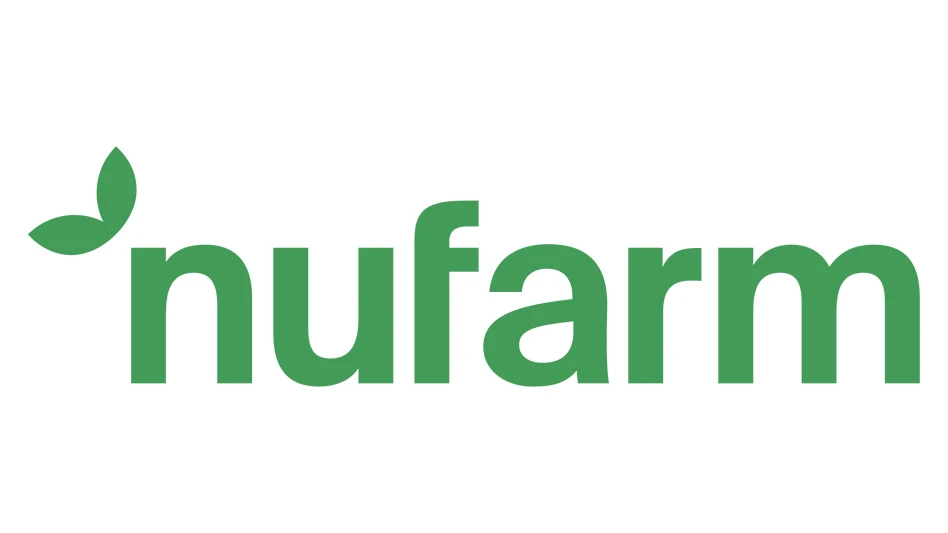 Avoid discounting, but find out why your customer is asking for a price break. Avoid discounting, but find out why your customer is asking for a price break. |
Though the economy has experienced a slight uptick since the harried days of the Great Recession, many businesses, big and small, are still operating in penny-pinching mode. The pressure for companies and consumers to do more with less has not subsided. Business owners know where this drive to cut costs and squeeze suppliers is going—and it’s nowhere that benefits you. More of your customers are uttering those four dreaded words, “I need a discount.”
Rather than respond with a yes or no, you should transform the conversation—and possibly the relationship—by asking a few power questions. If you can find out why your customer wants a discount by asking the right questions, you may discover that you can give them what they need without having to undercut your own bottom line.
I have observed at least four types of discount-seeking clients. They are:
- Red ink clients. These clients are in genuine financial trouble. If this is the case, you need to know the full story.
- RFP czars. Some clients want to bid every project out and will seek out the lowest possible price. They believe you are a commodity.
- Bargain hunters. This type of client always wants to feel you’ve given them a deal, even if it’s just a small concession.
- Chicken littles. Some clients just like to complain about how much everything costs and don’t actually need a discount to be satisfied. They want to be heard and understood.
If your past response has been to timidly reduce your price to keep the client happy or to fire back a resounding ‘No!’ there is a better way. When you instead opt to deepen the interaction by asking the right questions, you can achieve three important things.
First, you’ll find out what kind of discount seeker your client is. Second, you’ll force your client to reflect on the value you bring to the table and how your business is different from other businesses. Finally, you’ll illuminate what the client really values, allowing you to potentially renegotiate the engagement in a way that preserves your profitability.
Key questions
When you hear the D-word, try asking these questions and know when to use them.
- To kick start the conversation: “Before I respond, would you mind if I asked you a couple of questions so I can better understand your request?”
- To dig deeper: “Occasionally a client requests a discount, and I find I am able to be more helpful if I understand why they’re asking for one. Can you say something about why you think my price is too high and would like a reduction?”
- To size up your competition: “I know you are talking to other companies about this project. Do you feel my price is dramatically out of line with the market?”
- To say “no” while identifying possible terms for a positive negotiation: “I am able to reduce the price when the scope and breadth of the proposal are also cut back. Would you like me to prepare an option for you that would do that?”
Or you might also say, “We are able to reduce price in exchange for terms and conditions that help lower our risk and long-term cost of doing business with you. Would you like me to develop a proposal for a long-term supply arrangement with built-in discounts for guaranteed volume levels?”
- To learn more about your client’s buying process: “Where will the budget come from for this? Who can give this final approval?”
- To accentuate the value you are offering and clarify what is most important to the client: “I’m not sure we had a thorough discussion about the benefits you expect from this. Can we review those, as you see them?” Or you might ask, “What parts of this proposal are most important to you? Which aspects of it do you find less valuable?”
- To differentiate yourself from the competition: “Would you mind if I briefly reviewed several aspects of my proposal that I think represent value above and beyond what our competitors offer? I’m not sure I articulated these very well.”
- To tie your proposal to your client’s higher-level goals: “Can we review one more time what your goals are here? What are you hoping to accomplish?”
- To go toe to toe: “Do you give your own customers discounts?” And if they say “Yes,” you respond, “That’s why you need me.” And if they say “No,” you respond, “So why should I?”
 If you’ve priced your plants properly, you cannot afford to discount. If you’ve priced your plants properly, you cannot afford to discount. |
Don’t drive them away
The goal here, of course, is to preserve and strengthen the client relationship—assuming it’s a client you’d like to keep. If you’ve priced your goods or services properly, you cannot afford to discount. But if you simply say ‘No,’ he might head for the door and never come back. By using power questions, you can delve deeper into his situation and his needs. You might find another way you can show him the value he wants. In the long term that will be viewed much more positively than a one-time discount and is a much better option than turning him down completely.
Sobel is coauthor, along with Jerold Panas, of Power Questions: Build Relationships, Win New Business, and Influence Others (Wiley).
Get curated news on YOUR industry.
Enter your email to receive our newsletters.
Explore the April 2012 Issue
Check out more from this issue and find your next story to read.
Latest from Nursery Management
- The HC Companies, Classic Home & Garden merge as Growscape
- Eason Horticultural Resources will now officially be known as EHR
- BioWorks receives EPA approval for new biological insecticide for thrips, aphids, whiteflies
- Ellen Mackenbach-Lakeman appointed new CEO of Dümmen Orange
- Southern Garden Tour sets 2025 dates for trial garden open houses
- New book explores plants that thrive in Rocky Mountains
- American Floral Endowment establishes Herman Meinders Memorial Tribute
- These companies are utilizing plastic alternatives to reduce horticultural waste






